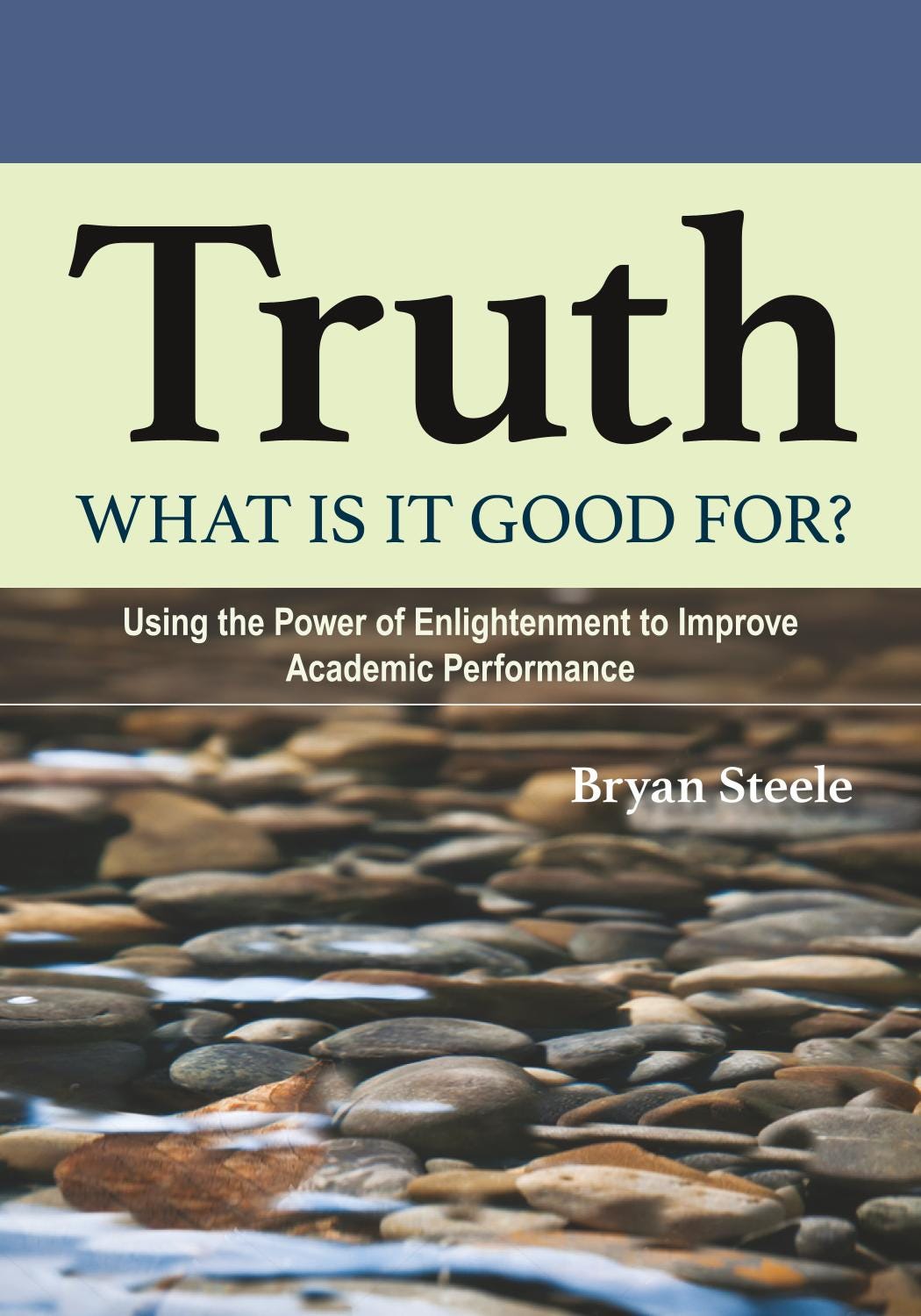I’m writing to introduce the LinguaG Substack (a reader-supported publication, to which you can become a free or paid subscriber), my related YouTube channel, my latest book, Truth: What is it Good For?, and the website LinguaG.com.
Imagine our society if physical evidence, rather than agenda, drove the political process. Wars would end because physical evidence demonstrates that peace is better than war. The destruction of ecosystems would end because physical evidence demonstrates that sustainability is better than unrestrained profit. Medical bankruptcy would end because physical evidence demonstrates that single-payer is better than for-profit health insurance.
Physical evidence is the thing that makes us all equal, that binds us together and provides us with an impenetrable political front, if we choose.
But that’s the rub, isn’t it? Who decides what is physical evidence? We all know about the three kinds of lies: lies, damned lies, and statistics. Besides, who decides what is good or bad? Should we expect the financialized system, including the media and academia, to care about anything else besides power and profit? Can we rely on independent media to be free from the influences of ignorance, money, and fame?
But, of course, the situation is much worse. Figuring out what is accurate and timely is reliant on perception and language. We experience the perception of truth but there is often a great difference between what we perceive to be true and an objective best-effort assessment of the physical evidence. Compounding the situation is the nature of language where we may experience infinity but language will always fail to capture that infinity. No matter how you slice it, figuring out what is accurate and timely is a complicated and inherently imperfect effort.
Why does any of this matter? It matters because all self-regulating systems must have an accurate and timely flow of information to maintain balance. Self-regulation is reliant on accuracy because the physical world is in a constant state of change. If a system is unaware of external change because the information flow is corrupted, the system will make ill-informed decisions, break down and eventually fail.
This is what makes learning how to distinguish between physical evidence and imagination so important. Take for instance the idea of justice. There is no physical example of justice, yet we include the idea of justice in our perception of the physical world. The problem with conflating the physical with the non-physical is that it exposes individuals to manipulation. An unanalyzed belief in justice opens the individual’s subconscious to being manipulated by internal and external forces.
Our society lacks awareness of these internal and external forces because we don’t teach them in school. Yes, these ideas are directly taught in law and business schools, but not part of everyone’s basic education, and therefore not part of our culture.
The solution is simple: raise the average citizen’s overall sense of awareness so as to close the gap between perception and physical evidence.
OK, this may seem like a good idea as an abstract theory, but exactly how do you change a culture from the bottom up, away from the influence of centralized wealth and power? Watch today’s video (see below) for the first step in that direction.
Funny thing about asking how we might go about changing our culture from the bottom up, because the answer to that question also answers the question of how best to improve overall academic and professional performance. My new book, Truth, What is it Good For? offers a detailed and practical guide to raising our culture’s overall sense of awareness. Furthermore, these ideas will be practiced in real-time through the live learning game, LinguaG (LinguaG.com), where students spend a semester building an epistemology of the physical world from the ground up.
Preregistration is here.
Please subscribe for updates and consider supporting this effort by purchasing the book or becoming a paid subscriber. If you’d like to make a tax-free donation to our nonprofit, the Giordano Bruno School, please reach out to us here.
LinguaG applies systems theory to the nature of language so that language is seen as a human system. Our brains learn, comprehend and recall through context. This platform’s Brain Activation Technology TM trains the brain to perform as it is designed by using applied systems theory to study context as a science. Not only do players of LinguaG learn about themselves and the complexity of language, they learn how to envision, design, build and operate the new human systems we will need in the future.
It is time to evolve.
Please subscribe for updates and consider supporting this effort by purchasing the book or becoming a paid subscriber. If you’d like to make a tax-free donation to our nonprofit, the Giordano Bruno School, please reach out to us here.



This is a very good article, Bryan. I have found only a few people in my life who are willing to look at physical evidence with an open mind. Thus allegedly outlandish ideas should not be automatically dismissed but should be listened to with respect. A lot of Socratic type questions can bring out logical deficiencies or logical strongpoints. After listening to flat earthers I have learned to detect the weaknesses in their arguments and note the lack of strong points and I can now adequately refute them. My point is that we should seriously engage people with even the craziest ideas and evaluate their arguments objectively.
Any one reading this comment thinks the moon is made out of green cheese?